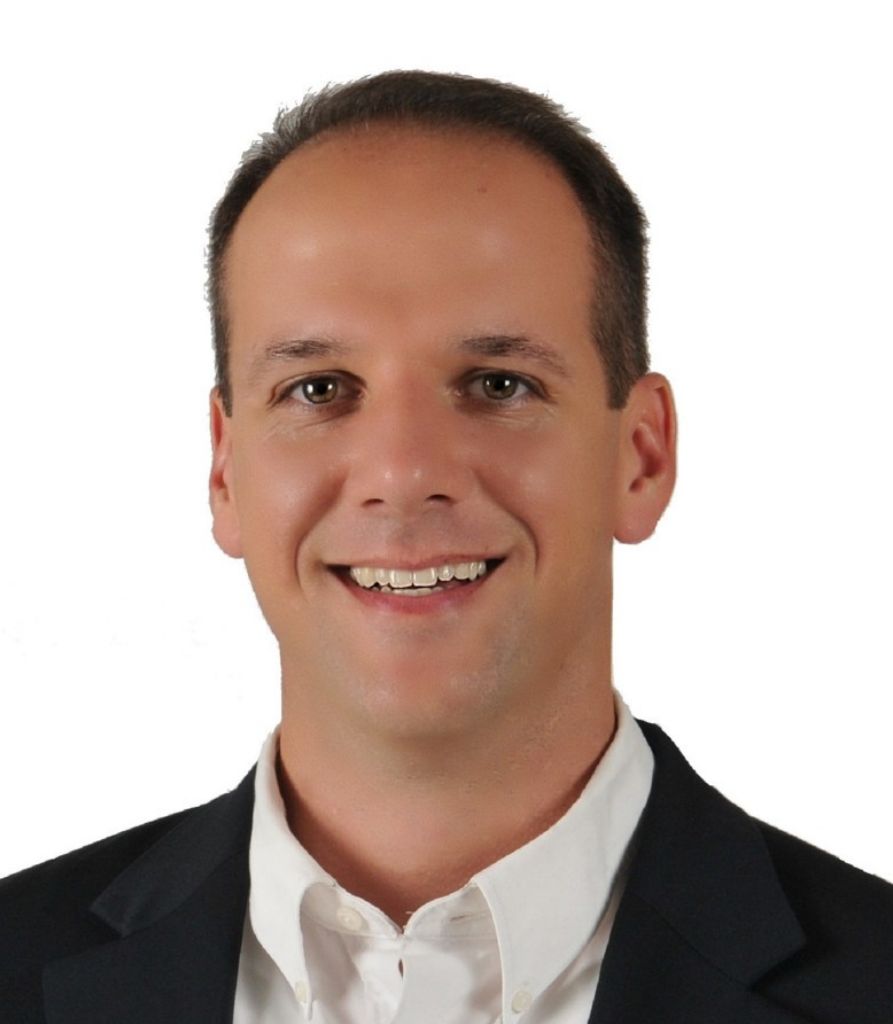
By Mark Ziety, CFP®, AIF®, Senior Advisor, WisMed Financial
You’ll either have a long life, health problems along the way or a short life. That’s it.
Plan for those three situations whether you’re single, married, with or without kids and most of your planning is done. Let’s look at how to plan for each.
First, essential tasks for everyone
- Manage monthly cash flow. Call it a budget, spending plan, living below your means or whatever makes it appealing to you. It doesn’t matter if you have high income or low income, everyone needs to control their inflow and outflow.
- Life happens, have an emergency fund.
- Pay off all high interest consumer debt.
- Give of your time, resources and be thankful. Live happy.
Plan for a long life
- Are you saving at least 15% for retirement with the right investments? Boosting it to 20-25% is even better.
- Have you maximized your tax advantaged retirement accounts through your employer and on your own?
- Will your tax burden be higher or lower in the future? Hint – if you have a lot of tax deferred investments, you could be igniting a tax bomb that hits later in life.
- Save for kids’ education expenses.
- Determine the monthly income you’ll have in retirement from all sources.
- Dream about your future.
Plan for health problems
- Health insurance is the obvious answer.
- Auto and umbrella insurance can provide for you via uninsured/underinsured coverage.
- Disability insurance that replaces two-thirds of your income if you can’t perform your own occupation is critical, especially during your early and mid-career. A policy with an inflation adjustment is even better.
- Everyone over age 18 should have health care and financial power of attorney documents.
- Do you have a source to pay for long-term care expenses? If not, consider an insurance policy.
Plan for a short life
- If anyone depends on you for income, get term life insurance. It’s cheap, so don’t skimp.
- Are your beneficiary designations correct?
- Do you need a will or trust?
- Ensure your family knows where to find your documents and accounts.
- Tell your family you love them. And if you’re faithful, pray.
Since we don’t know the future, all three plans are important for everyone. Our Physician’s Financial Guide has even more tips. Or, for one-on-one help schedule an appointment.
To your best life and healthy finances.
Mark Ziety, CFP®, AIF® 608.442.3750.
WisMed Financial, Inc. part of the Wisconsin Medical Society
